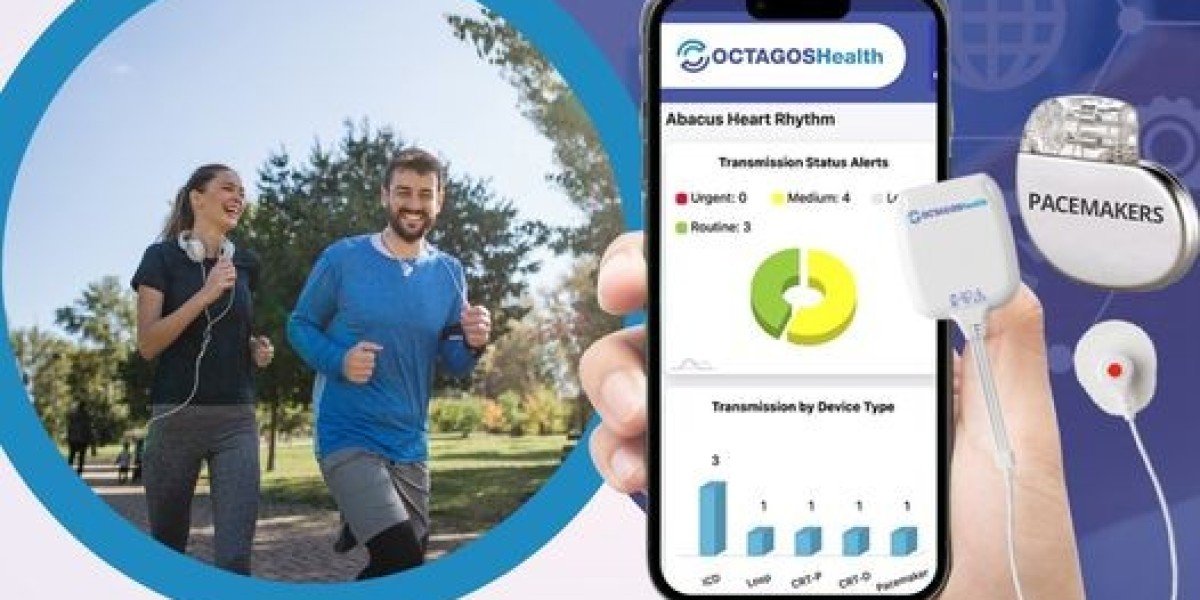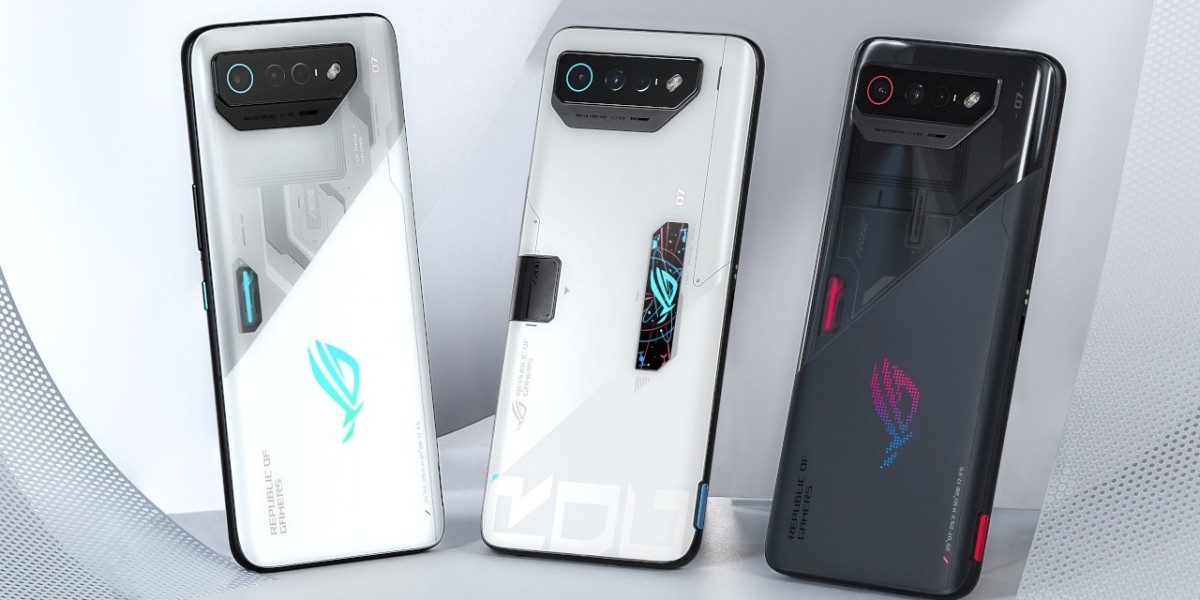What is remote cardiac monitoring? Remote cardiac monitoring (RCM) is a method of monitoring heart activity using sensors that are worn by the patient. RCM can be used to detect and diagnose arrhythmias. It can also be used to monitor the effects of treatments for arrhythmias. RCM is usually performed in a hospital setting, but it can also be done at home.
There are many benefits of remote cardiac monitoring, including reducing the number of readmissions, providing real-time data to physicians, and improving patient care and satisfaction. In addition, there are different types of remote cardiac monitoring, which include Holter monitors, event monitors, and loop recorders.
The Benefits of Remote Cardiac Monitoring
There are many benefits of remote cardiac monitoring. The most obvious benefit is that it can help reduce the cost of care. By providing real-time data to physicians, it can help mathem ke more informed decisions about patient care. This, in turn, can lead to shorter hospital stays and improved patient outcomes. In addition, remote cardiac monitoring can also improve patient satisfaction by providing them with more information about their condition and allowing them to be more involved in their own care. Finally, remote cardiac monitoring can also reduce readmission rates by helping to identify patients at risk for complications and providing timely interventions. According to a study done by the University of Michigan, the average cost of hospital readmission is $17,000.
The Different Types of Remote Cardiac Monitoring
There are three main types of remote cardiac monitoring: Holter monitors, event monitors, and loop recorders.
- Holter monitors are small, wearable devices that continuously record a person’s heartbeat for 24 to 48 hours. They are typically used to diagnose arrhythmias.
- Event monitors are similar to Holter monitors, but they only record a person’s heartbeat when they feel symptoms such as a skipped heartbeat or chest pain.
- Loop recorders are event monitors that continuously record a person’s heart rhythm.
All three options of remote cardiac event monitoring can be used to diagnose arrhythmias and to monitor the progress of treatment for heart conditions.
Holter monitors are the most common type of remote cardiac monitor. They are small and easy to wear, making them convenient for people who need to wear them for long periods of time. Holter monitors can be worn for up to 48 hours at a time, and they provide continuous data on a person’s heart rate and rhythm. Event monitors are less common than Holter monitors, but they offer some advantages over Holter monitors. Event monitors only record data when the wearer feels symptoms, so they don’t have to be worn all the time. This makes them more comfortable to wear than Holter monitors. Loop event monitors are the least common type of remote cardiac monitor, but they offer the advantage of being able to automatically record data when an abnormal heart rhythm is detected.
Remote cardiac monitoring is a safe and effective way to diagnose and monitor heart conditions. It is important to talk to your doctor about which type of remote cardiac monitor is right for you.
How To Get Started With Remote Cardiac Monitoring
If you have been experiencing symptoms related to heart problems, the first step is to consult with your physician. They will be able to determine if you are a candidate for remote cardiac monitoring. If you are a candidate, they will discuss the different types of monitors available and help you choose the right one for your needs. They will also provide instructions on how to use the monitor and how to send in the data collected by the monitor. Once you start using the monitor, it is important to follow all instructions carefully and keep track of any changes in your symptoms.








